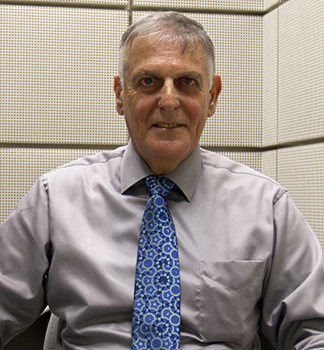Shechtman, Daniel (1941-…), an Israeli engineer, won the 2011 Nobel Prize in chemistry for his discovery of quasicrystals. A quasicrystal is a solid in which the atoms are arranged in an orderly manner but without a regularly repeating pattern. A crystal, by contrast, has traditionally been defined as having both an orderly arrangement and a repeating pattern of atoms.

In 1982, Shechtman was analyzing an alloy (mixture of metals) of aluminum and manganese. He noticed that the sample had atoms arranged in a manner thought to be impossible in a crystal. This structure consisted of atoms arranged in concentric circles, circles with a common center. The scientific community did not immediately accept Shechtman’s findings. But over the next several years, scientists made more quasicrystals in various arrangements. In 2009, scientists reported finding a naturally occurring quasicrystal in rock samples from the Koryak Mountains in Russia. A quasicrystal has also been found in a type of steel used to make such products as razor blades and surgical needles. Scientists are exploring other uses for quasicrystals. See Quasicrystal .
Shechtman was born Jan. 24, 1941, in Tel Aviv, then in Palestine and now in Israel. He received a Bachelor of Science degree in mechanical engineering in 1966, a Master of Science degree in materials engineering in 1968, and a Doctor of Science degree in materials engineering in 1972, all from the Technion-Israel Institute of Technology in Haifa. Since 1975, he has held various positions at Technion, becoming a professor in 1984. He became an associate scientist at the United States Department of Energy Ames Laboratory in 2004. He has also worked as a professor of materials science and engineering at Iowa State University and a professor of materials science at Technion. Shechtman has also been a visiting professor at such institutions as Johns Hopkins University in Baltimore and Tohoku University in Sendai, Japan.
